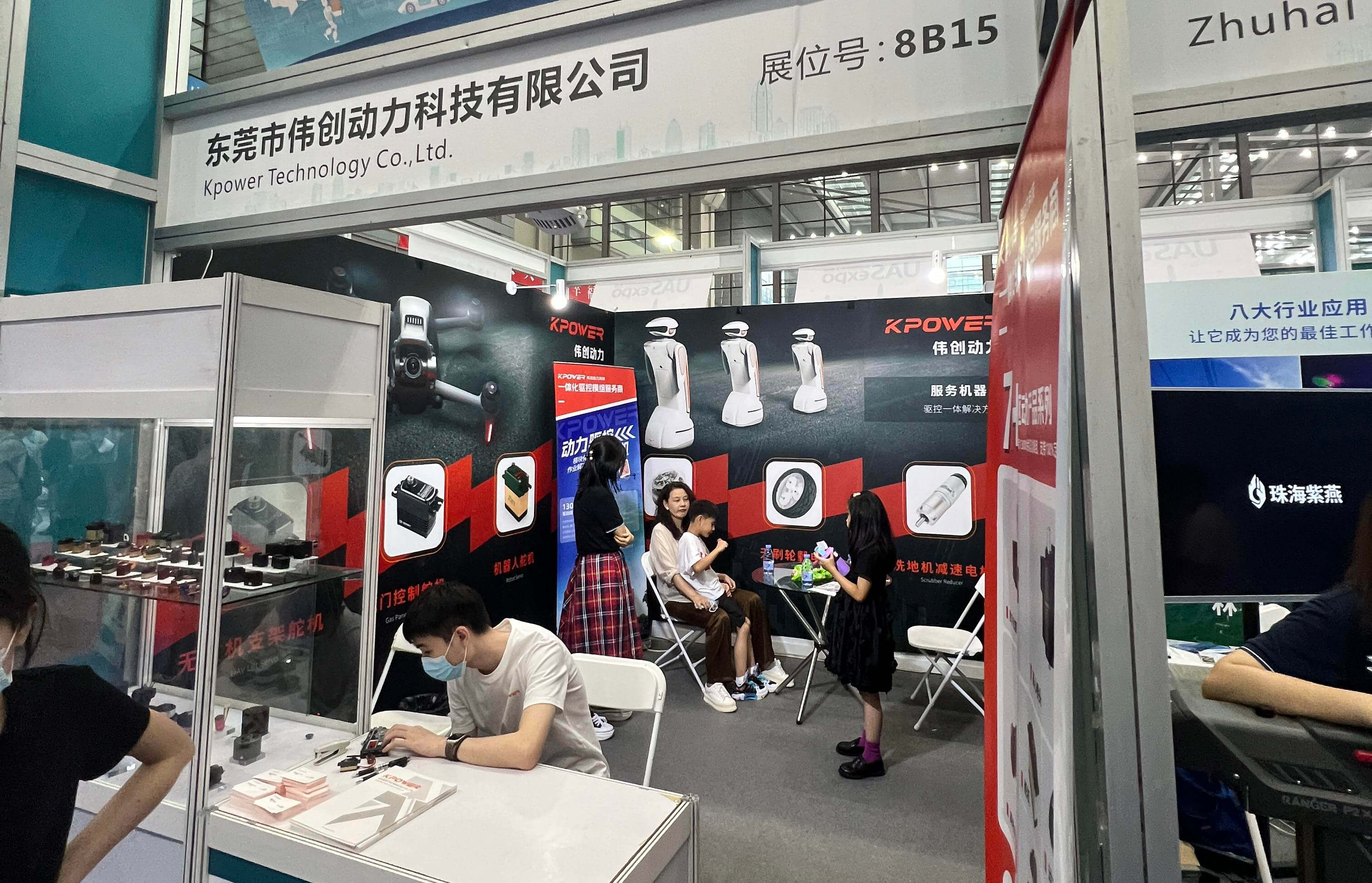Ever sat there wondering how robots move so smoothly, almost like they’re alive? The secret sauce often lies in the joint types. Think about it — the difference between a clunky, jerky machine and a sleek, precise one often comes down to what’s holding its parts together. That’s where the right “robot joint type” makes all the difference.

Let’s start with the basics. There’s a whole playground of options—rotary joints, prismatic joints, or a mix of both. Rotary joints, which spin around like your shoulder or hip, give robots a wide sweep of movement. These are perfect for tasks that need a lot of swinging, like assembling big machinery or even delicate welding jobs. On the flipside, prismatic joints slide back and forth—think of them as the robot’s version of a sliding drawer. They’re fantastic for precise linear motions, such as pushing or pulling objects.
But why does picking the right joint matter so much? Imagine trying to paint a ceiling with just a single, fixed arm. No mobility? Good luck covering every corner evenly. The key is flexibility, and that’s what different joint types bring to the table. For example, a robot arm with multiple rotary joints—often called a 6-axis arm—can reach into tricky spots and maneuver around obstacles with ease. It’s like giving your robot a shoulder, elbow, and wrist, all in one.
In practical terms, what makes one joint type outperform another? Durability, load capacity, and precision all factor into the decision. Rotary joints with high torque ratings can handle heavier tools without breaking a sweat. Meanwhile, prismatic joints with fine control enable tiny, exact movements—perfect for micro-assembly and electronics work.
Have you ever seen a robot picking up a glass, then turning it with incredible delicacy? That’s thanks to a mix of joint types working in harmony. Combining rotary and linear joints creates a balance—enabling complex, fluid motions that mimic real human movement. It’s a balance of strength, finesse, and adaptability.
And setting up these joints? It’s not about simply choosing a part and hoping it works. It’s about understanding the demands of the application—how much weight it needs to carry, how precise the movements should be, and what kind of environment it’s operating in. Would a high-precision prismatic joint serve better in a cleanroom, or does a robust rotary joint suit an outdoor scenario? These questions shape the entire design.
Overall, selecting the right “robot joint type” is like choosing the right boots for a trek—depends on terrain, weather, and how long you’ll be walking. Know your needs, match them with the joint’s strength and flexibility, and your robotic solution will operate seamlessly. Because, at the end of the day, the movement is what makes everything else possible.
Kpower has delivered professional drive system solutions to over 500 enterprise clients globally with products covering various fields such as Smart Home Systems, Automatic Electronics, Robotics, Precision Agriculture, Drones, and Industrial Automation.




































